 Face value: how facial aesthetics can boost your business
Face value: how facial aesthetics can boost your business
In dentistry, professionals so often focus on how treatment will influence the aesthetics of patients’ smiles – but have you considered moving into facial aesthetic treatments too? Cosmetic dentistry and facial aesthetics are a perfect partnership that allows professionals to offer a more holistic approach to treatment.
Furthermore, this all-inclusive approach to aesthetics may be a good way to expand your business as well as your patient list and can bring a number of other benefits alongside…
A boom in ‘tweakments’
We all know that beauty treatments are popular. Though once only widely available to the rich and the famous, treatments such as botulinum toxin injections are fast becoming accessible to the everyman. In fact, in the UK it is estimated that there are over 2 million of these treatments performed every year.[i]
Although the typical age range for people receiving these treatments tends to be in the mid 40s, there is an emerging trend for the treatment among 16-29 year olds, with some people even opting to host events such as “Botox®parties” as part of their hen dos or for other occasions. 51% of this demographic said they would consider getting the treatment, with many of them stating that they see minor cosmetic procedures as good grooming similar to that of flossing their teeth.[ii]
Other facial treatments too are experiencing a surge in popularity, and beauty magazine Marie Claire has predicted that ‘tweakments’, i.e. minimally invasive procedures involving dermal fillers, will be must-have treatments for 2019.[iii] In fact, the facial aesthetics industry is now booming and thought to be worth as much as £1.7 million.[iv]
Why facial aesthetics can fit with your skills
In many ways, minimally invasive facial treatments utilise the same skills that cosmetic dentists use on a regular basis. After all, these treatments involve examining facial features, creating bespoke treatment plans and administering injections.
These treatments are a fantastic way to begin offering your patients a more complete aesthetic package. As well as improving aspects such as fine lines and wrinkles, Botulinum toxin and dermal fillers can also be used to improve smile aesthetics – perfect for when you’ve corrected a patients’ dentition and they want their lips or cheeks to follow suit.
These treatments will be completely bespoke to each patient, and as such are a brilliant way to help improve your marketability, especially as not all dental practices offer these services. This can really help you to stand out from the crowd, bringing in new patients, building your reputation and increasing your profitability.
Something new to master
Dentistry can provide a broad range of challenges, but that doesn’t mean it’s not worthwhile stepping slightly out of your sphere of knowledge to learn something new. Cosmetic facial treatments are a good way to energise the way that you offer care, especially if you have already mastered a different field.
This will help you to diversify your days and enjoy the satisfaction of learning something new. Furthermore, as the treatments are likely to bring in a new type of patient, it will also work wonders to diversify your daily interactions, helping to bring you new perspectives, challenges and long-lasting connections with patients.
Combining dental care with beauty
Although much dental treatment is focused on prevention and cure, aesthetics still play a key role. In recent years, aesthetics have become a core priority for patients, and this is likely because our physical appearance can have such a big impact on aspects of our personal and professional lives.[v]
Facial aesthetics can easily be altered by treatments such as orthodontics, dentures, or dental implants, and therefore it’s important for professionals to consider this carefully when planning these treatments.
The CS 9600 system from Carestream Dental helps to ensure that facial aesthetics are planned to perfection with its state-of-the-art CS Face Scan capability. Able to quickly take highly accurate 3D photos of patients’ faces, this innovative feature is incredibly useful when planning a more holistic approach to facial aesthetics as it allows patients to visualise potential treatment outcomes.
Embrace the moment
Beauty and dentistry are fast becoming interwoven, so it makes sense for professionals to take this opportunity by the horns. By exploring facial aesthetic treatments and considering how these could complement your everyday offerings, as well as investing in technology to help facilitate this holistic approach, you can help your practice to thrive.
For more information, contact Carestream Dental on 0800 169 9692 or
visit www.carestreamdental.co.uk
For the latest news and updates, follow us on Twitter @CarestreamDentl
and Facebook
References
[i]Heart. The B Word: Botox. Link: https://www.heart.co.uk/lifestyle/botox-injection-cost-effects-hair-before-after/[Last accessed April 19].
[ii]Glamour Magazine. Since When Did Getting Cosmetic Surgery become The Norm? Link: https://www.glamourmagazine.co.uk/article/the-rise-of-cosmetic-surgery[Last accessed April 19].
[iii]Marie Claire. These Are Set To Be The Biggest Cosmetic Surgery Trends For 2019. Link: https://www.marieclaire.co.uk/news/beauty-news/cosmetic-surgery-trends-2019-648201[Last accessed April 19].
[iv]Heart. The B Word: Botox. Link: https://www.heart.co.uk/lifestyle/botox-injection-cost-effects-hair-before-after/[Last accessed April 19].
[v]Manipal, S., Mohan, C., Kumar, L., Cholan, P., Ahmed, A., Adusumilli, P. The Importance of Dental Aesthetics Among Dental Students Assessment of Knowledge. J Int Soc Prev Community Dent. 2014 Jan-Apr; 4(1): 48–51.



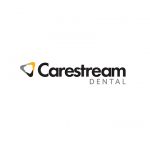
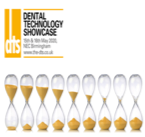
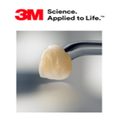
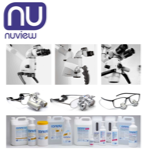
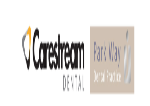

 In modern dentistry, efficiency is key. Patient lists are getting larger, complex treatments are becoming more widely accessible and the demand for speedy treatment and rise in patient expectations means that without an efficient approach, practices will struggle.
In modern dentistry, efficiency is key. Patient lists are getting larger, complex treatments are becoming more widely accessible and the demand for speedy treatment and rise in patient expectations means that without an efficient approach, practices will struggle.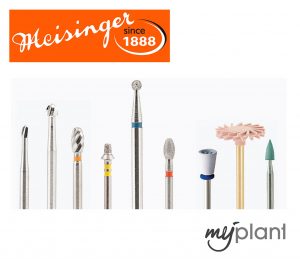
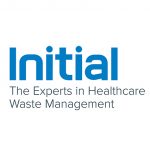
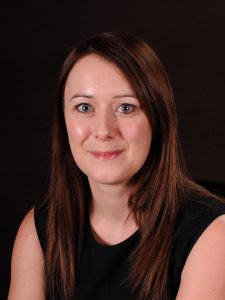 In a dental practice it’s likely that you’ll come face to face with lots of different types of waste. The Department of Health’s colour code for best practice waste disposal is a helpful way to discern between the different waste streams, but when some of the categories such as infectious clinical waste and highly infectious clinical waste are so closely linked, it’s easy to see why staff might be confused.
In a dental practice it’s likely that you’ll come face to face with lots of different types of waste. The Department of Health’s colour code for best practice waste disposal is a helpful way to discern between the different waste streams, but when some of the categories such as infectious clinical waste and highly infectious clinical waste are so closely linked, it’s easy to see why staff might be confused.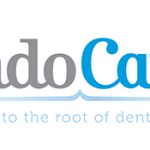


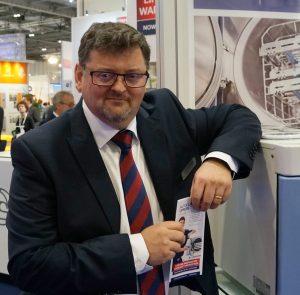 Outbreaks of infectious diseases within the UK remain a regular occurrence. Though these are usually minor illnesses such as colds and coughs, some are more serious conditions that can cause other complications or be very painful for sufferers.
Outbreaks of infectious diseases within the UK remain a regular occurrence. Though these are usually minor illnesses such as colds and coughs, some are more serious conditions that can cause other complications or be very painful for sufferers. The ADI Team Congress 2019 provided a learning opportunity for all dental professionals involved with the placement, restoration and management of dental implants. A vast array of topics were explored by some of the most inspirational and knowledgeable speakers in the field, exposing delegates to brand new ideas and sparking constructive debate.
The ADI Team Congress 2019 provided a learning opportunity for all dental professionals involved with the placement, restoration and management of dental implants. A vast array of topics were explored by some of the most inspirational and knowledgeable speakers in the field, exposing delegates to brand new ideas and sparking constructive debate.

